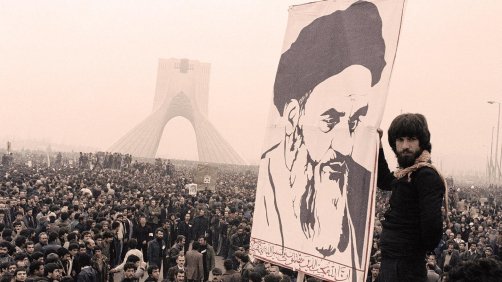Life is a balance between holding on and letting go. After seven years of hostility, Iran and Saudi Arabia have put aside their differences to reestablish diplomatic relations. We add it to the list of what’s right with the world.
Nobody remembers that Saudi Arabia and Iran were once friends and allies. They established diplomatic relations in 1929 with the signing of a Saudi-Iranian friendship treaty. But there was not much cooperation until some decades later.
King Faisal of Saudi Arabia visited Iran in 1966 to strengthen ties. Iran’s Shah Pahlavi responded by paying an official visit to Saudi Arabia and assisting King Faisal in promoting Islamic solidarity. Both countries felt threatened by the spread of Soviet-sponsored pan-Arab nationalism under Egypt’s Gamal Abdel Nasser.
After Israel defeated the Arab states, Egypt, Jordan and Syria in the Six-Day War in 1967, the foundation of Arab nationalism was fatally undermined. Iran and Saudi Arabia took the primary responsibility for security in the region once the British announced that they were going to withdraw from the Persian Gulf.
In the late sixties the Shah sent a series of letters to King Faisal. “Please, my brother, modernize,” he wrote. “Open up your country. Make the schools mixed women and men. Let women wear miniskirts. Have discos. Be modern. Otherwise I cannot guarantee you will stay on your throne.”
King Faisal wrote in reply, “Your majesty, I appreciate your advice. May I remind you that you are not the Shah of France. You are not in the Elysée. You are in Iran. Your population is 90 percent Muslim. Please don’t forget that.”
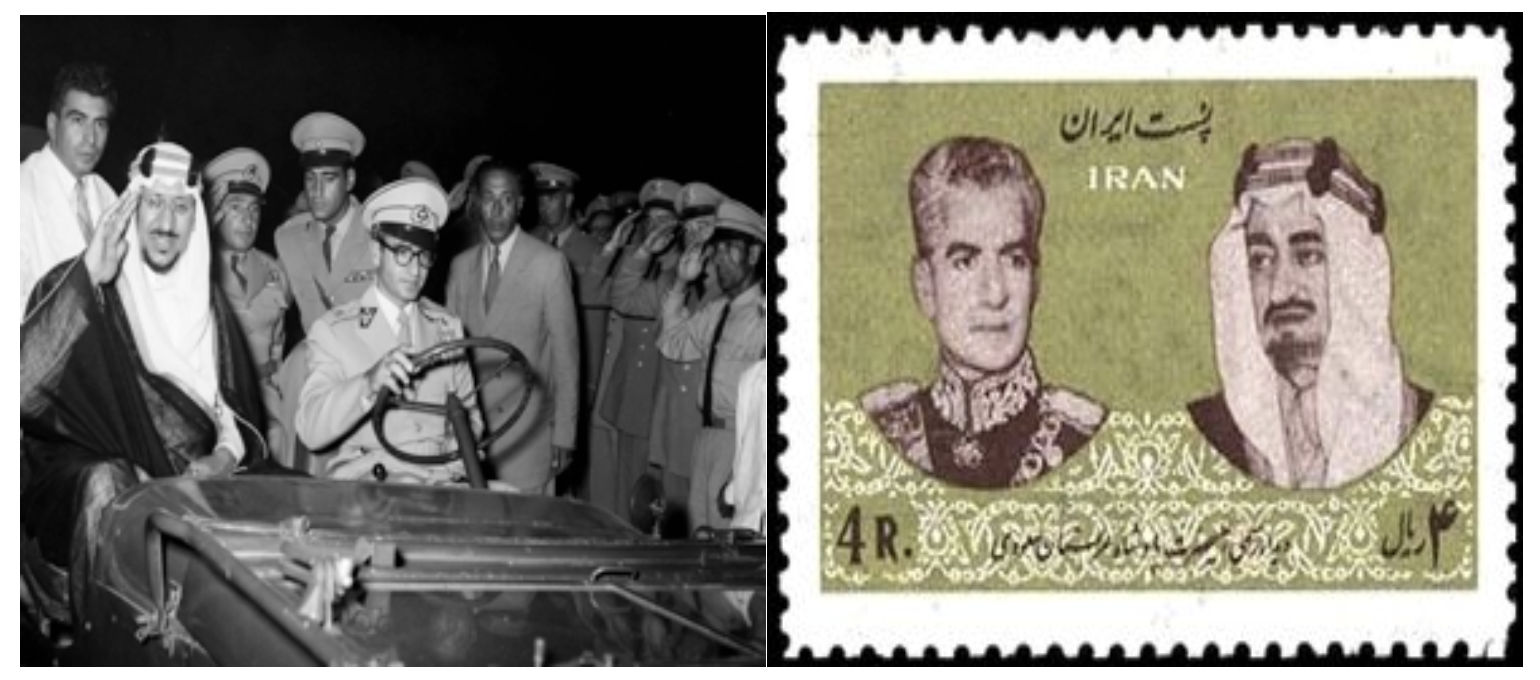
Source: History Archives
The two countries’ relations started to strain during the seventies. Saudi Arabia was concerned about Iran’s closeness to Israel and its military upgrades. While the Kingdom neither recognized Israel nor had any diplomatic relations with the country, Iran had maintained close ties since Israel’s establishment in 1948.
Israeli contractors and military advisers were hosted extensively in Tehran, and the two nations cooperated on Project Flower to develop a missile that could carry a nuclear warhead. Iran sold oil to Israel when the other regional oil-rich states would not, and it became a major importer of Israeli goods and services.
Ayatollah Khomeini, the exiled leader who opposed the Shah’s rule, described Israel as having “penetrated all the economic, military, and political affairs” of Iran, and turning it into “a military base for Israel.”
Following the Iranian Revolution in 1979, Saudi Arabia’s King Khalid sent Ayatollah Khomeini a congratulatory message promoting “Islamic solidarity” and stating that there were no obstacles that inhibited the cooperation between the two countries.
Iranian rhetoric, however, became more hostile in the eighties as the Saudis supported Saddam Husain’s expansionist action against Iran. During the 1987 Hajj, a crackdown by Saudi security forces on Iranian-led demonstrators claimed four hundred lives, further escalating tensions.
Khomeini asserted that Mecca was in the hands of “a band of heretics” and that “these vile and ungodly Wahhabis are like daggers which have always pierced the heart of the Muslims from the back.” Following this declaration, diplomatic ties were severed.
It wasn’t until 1991 that Iran’s foreign minister proposed an alliance with the Gulf Cooperation Council with a mandate for Persian Gulf security. Both Iran and Saudi Arabia opposed Iraq’s invasion of Kuwait and rejected the use of force.
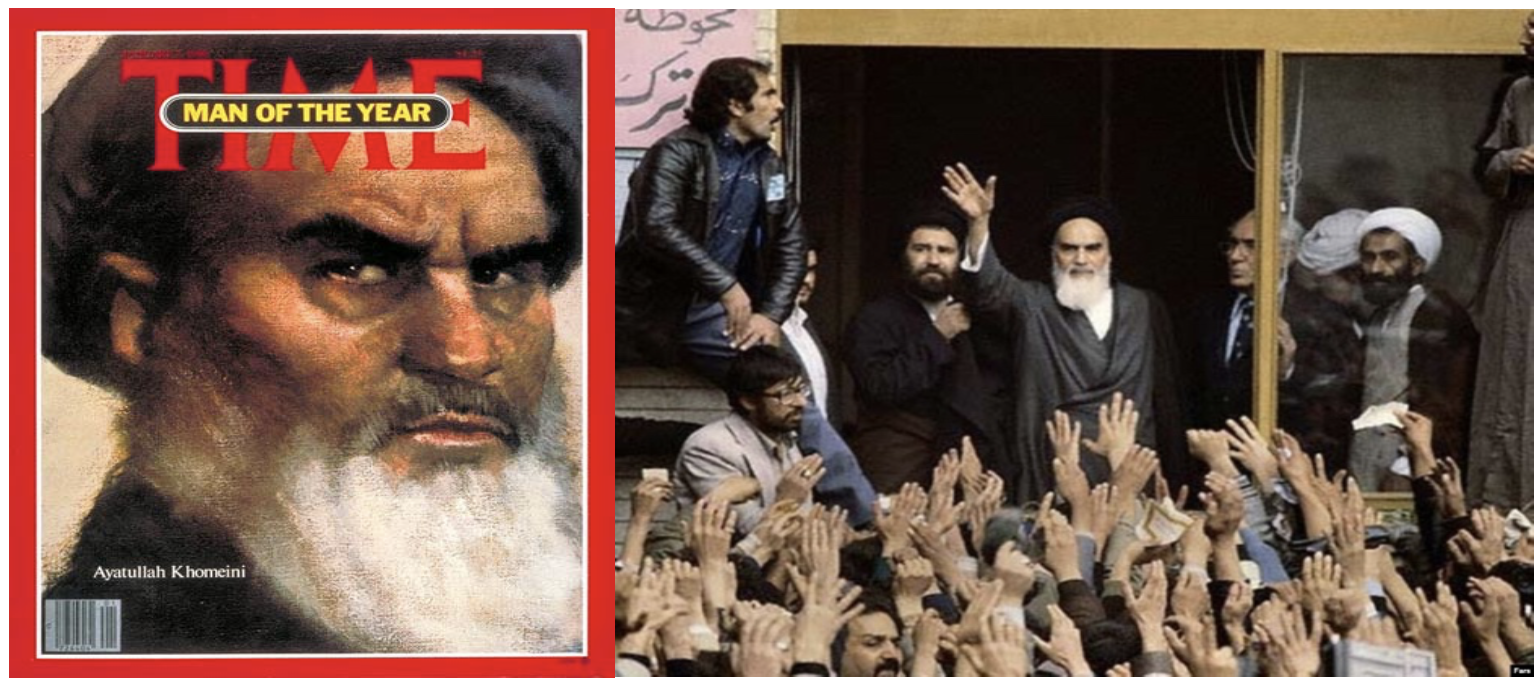
Source: Time
In 1998, President Khatami became the first Iranian leader to visit Saudi Arabia since 1979, as both parties put their energies behind an agreement that paved the way to collaborate in politics, culture, sports, and the economy.
King Fahd urged other Gulf countries to follow Saudi Arabia’s lead and improve their relations with Iran. The development of a common geostrategic approach to regional issues led to the Saudi-Iranian security agreement in April 2001.
In 2007, even Iran’s provocative leader Mahmoud Ahmadinejad made an official visit to Riyadh. Despite his hostility towards the US, Israel and other Arab nations, in 2012 King Abdullah invited Ahmadinejad to the Organisation of Islamic Conference in Riyadh, sitting next to him in a symbolic gesture.
It was the last official visit by an Iranian leader to Saudi Arabia. The spread of violence across the region after the Arab Spring protests put them at odds in Syria, Iraq, and Yemen. Strained relations saw the Kingdom cut diplomatic ties following an attack on the Saudi embassy in Tehran in January 2016.
“The lesson from history is that this is not the first time Saudi-Iran relations have hit a low point,” we wrote in October 2018. “Another move towards a cordial relationship is likely in the coming years.”
Iran and Saudi Arabia turned ultra-religious and conservative together in the late seventies. Both will modernize together, we argued. Saudi Crown Prince Mohammed bin Salman paved the way in his October 2017 speech:
What happened in the last thirty years is not Saudi Arabia. After the Iranian revolution in 1979, people wanted to copy this model in other countries—one of them is Saudi Arabia. We didn’t know how to deal with it. And the problem spread all over the world. Now is the time to get rid of it. We will not waste thirty years of our lives dealing with extremist ideas. We will destroy them today and immediately.
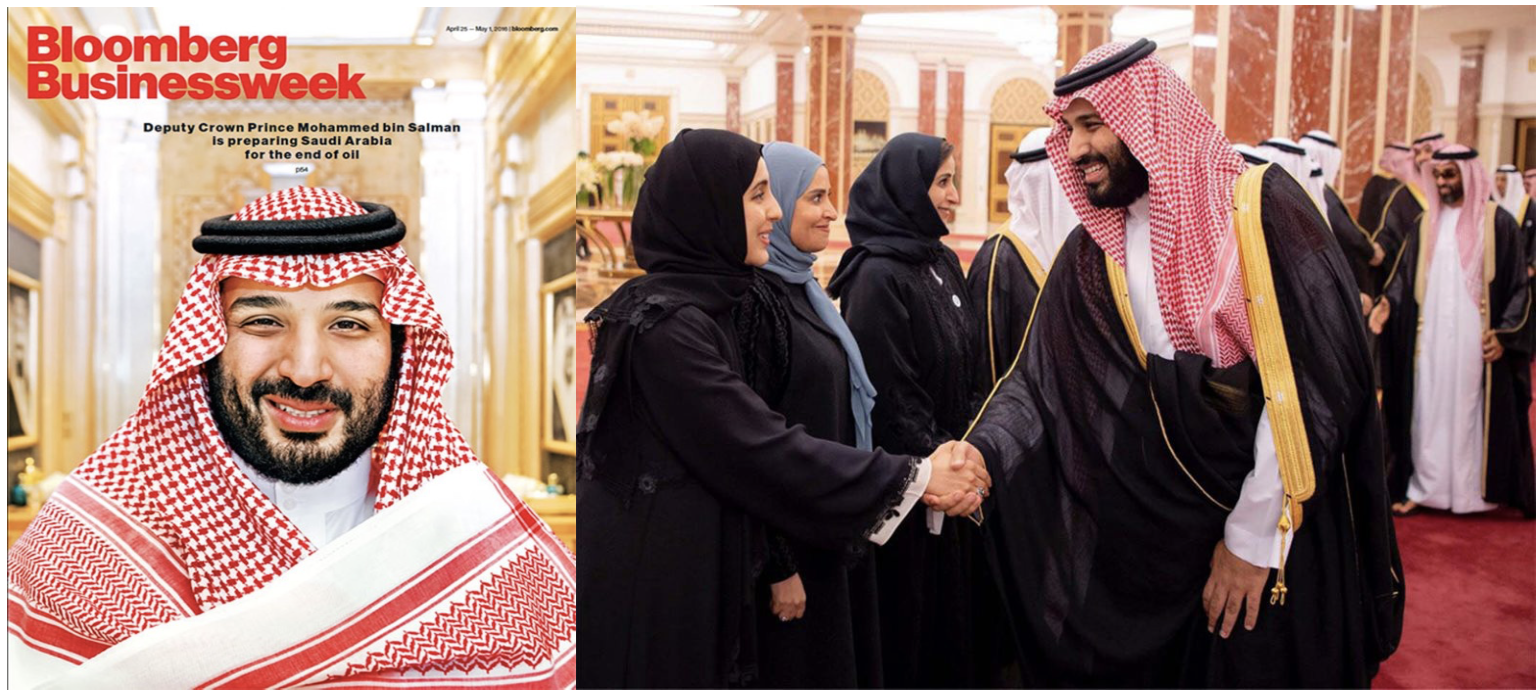
Source: Bloomberg
Iran faces the same pressures as Saudi Arabia and can no longer exist in the way it has. Over 60 percent of Iran’s 80 million people are under thirty years old. They have no memory of the revolution and are too connected to life outside their borders. The views of the young about life and the world are different than their elders’.
Thirty years ago, Ayatollah Khomeini proclaimed equity and social justice as the revolution’s main objective. The people demand the same from the corrupt, theocratic regime today. The socioeconomic situation is just as bad as it was during 1979’s revolution. Since Ebrahim Raisi was elected president in August 2021, the rial has lost more than 50 percent of its value against the US dollar.
Though protests are unlikely to change who is in power, they will eventually force a change from within Iran’s political system. Iran has pardoned more than twenty-thousand arrestees since the recent nationwide demonstrations. The regime recognizes that it needs to adapt. Moderate conservatives could make a comeback in the February 2024 elections.
We’ve been eagerly awaiting a new Middle East equilibrium that strengthens the peace, security, and future of the whole region. This is it.
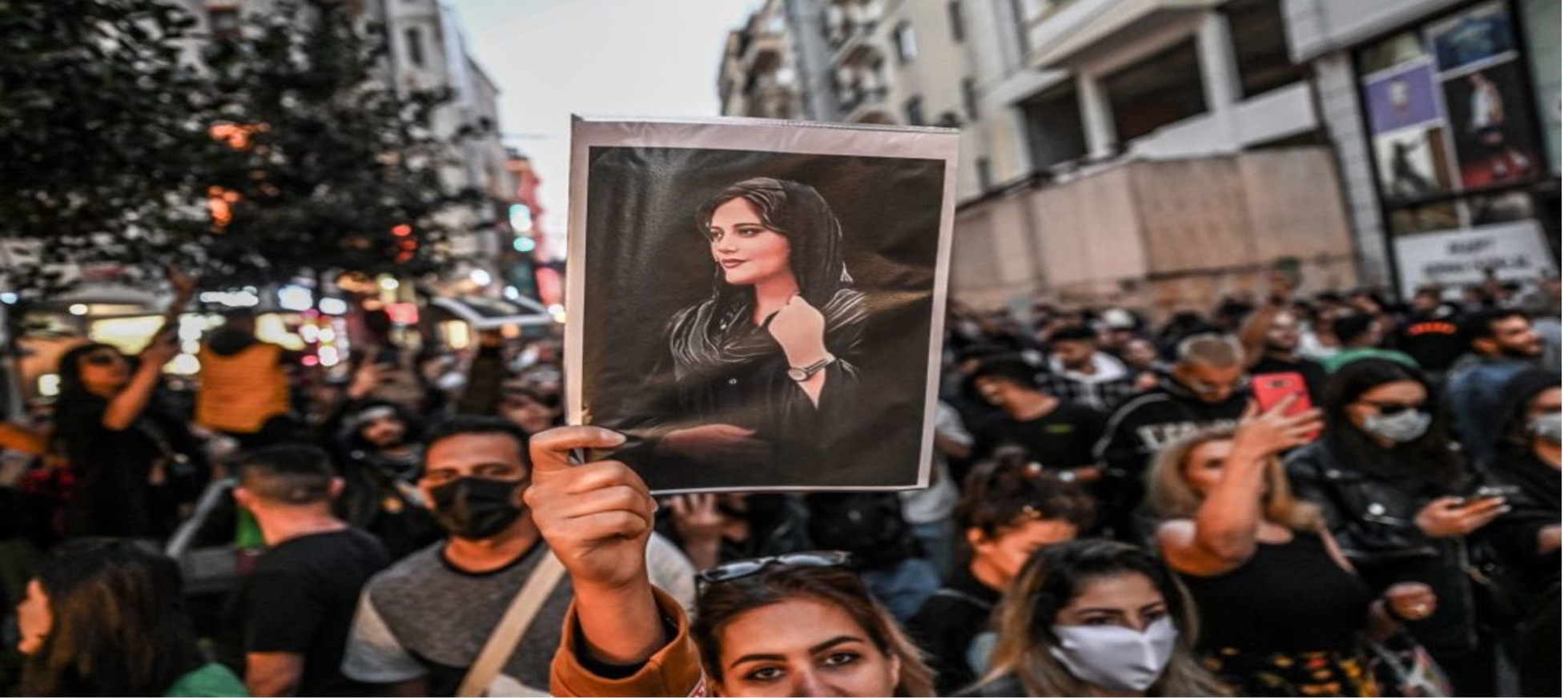
Source: Associated Press
Oil no longer deserves a geopolitical risk premium. Contrary to popular belief, the Middle East has the least amount of geopolitical risk. We believe the Brent oil price will remain below $85 a barrel and that energy’s contribution to inflation will be minimal. Inflation is a rate-of-change variable rather than a level.
Avoid energy stocks. Concerns about global oil supply are overblown. OPEC space capacity is 3 million barrels per day and Iran has the potential to increase exports by at least 1 million barrels per day. Oil prices will keep defying bullish expectations. The path of least resistance is lower.
China mediated the negotiations between Iran and Saudi Arabia. Chinese President Xi Jinping visits Moscow next week and intends to speak with Ukrainian President Volodymyr Zelensky for the first time since the war broke out. We hope he can help end the conflict.
Let there be peace.
